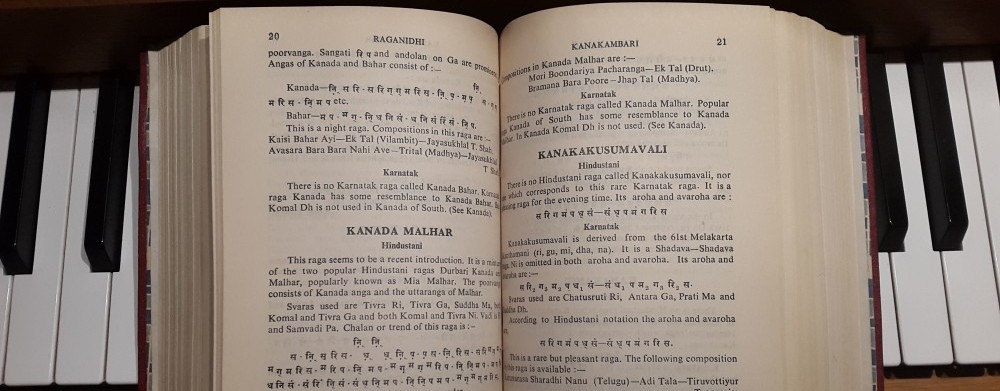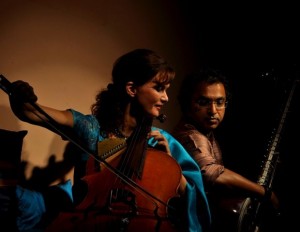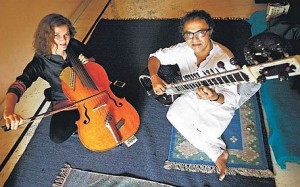To help people experience the power of Indian classical music, married and musical couple cellist Saskia Rao de Haas and sitarist Shubhendra Rao started the Silence Concert movement, to experience music in its purest form: surrounded by silence. An intriguing, fascinating concept.
Saskia and Shubhendra explained their initiative in The Hindu of 19 September 2012 and here’s what they have to say about it on the Silence Concert Facebook-page they created:
“What is a Silence Concert?
For the sensitive listener, there can be a big difference in attending a concert and experiencing music. The effect that music can have on our lives, especially Indian music, is often lost by the social conventions that prevail at concerts: applause, talking before and after the concert, ceremonies, all of which take the attention away from the music itself. To help people experience the magical power of Indian music in a concert setting, Pt Shubhendra Rao and Saskia Rao initiated the Silence Concerts movement. In a Silence Concert the only sound that reverberates is music. There are no introductions, ceremonies, gimmicks, talks, speeches or applause. The setting is serene, beautiful and set up to experience beauty within through the pure experience of music. Through controlling external influences that can distract listener and performer the experience of pure music is enhanced.
Entering the auditorium for a Silence concert, the audience and artists leave behind their worries and daily masks, because they do not have to respond in word or gesture to the outside world. They can be gently led through a sublime journey within. What follows is that their experience turns within. The artist can share his music without playing to the gallery and the effect lingers after the concert, not interrupted by applause.
Abhinavagupta (approx. 950-1020 AD), the Indian philosopher, said that the ‘perfect audience is a spotless mirror of the performer’. Audience and performer become one in a Silence concert. The social context is taken out and the audience is left with a truly introspective experience, as is the performer.” (Saskia Rao de Haas and Shubhendra Rao)
Saskia and Shubhendra end with a quote of Sufi Inayat Khan (1882-1927):
“While tuning the tanpura, the artist tunes his own soul. Not only has he tuned the instrument, but he has felt the need of every soul in the audience and the demands of their souls, what they want at that time. He becomes an instrument of the whole cosmic system, open to all inspiration at one with the audience, in tune with the tanpura and it is not only music, but spiritual phenomena that he gives to the people…‘ The object of Indian music is the training of the mind and the soul, for music is the best way of concentration. If one only knows how to appreciate it and give one’s mind to it, keeping all other things away, one naturally develops the power of concentration. Besides the beauty of music, there is the tenderness, which brings life [and gratitude] to the heart. For the person of fine feelings life in this world is very trying. It is jarring and it sometimes has a freezing effect. It makes the heart, so to speak, frozen. If one can focus one’s heart on music, it is just like warming up something that was frozen. The joy of life depends upon the perfect tuning of mind and body.”


